”A work of art is above all an adventure of the mind.” Eugene Ionesco, Romanian-French playwright
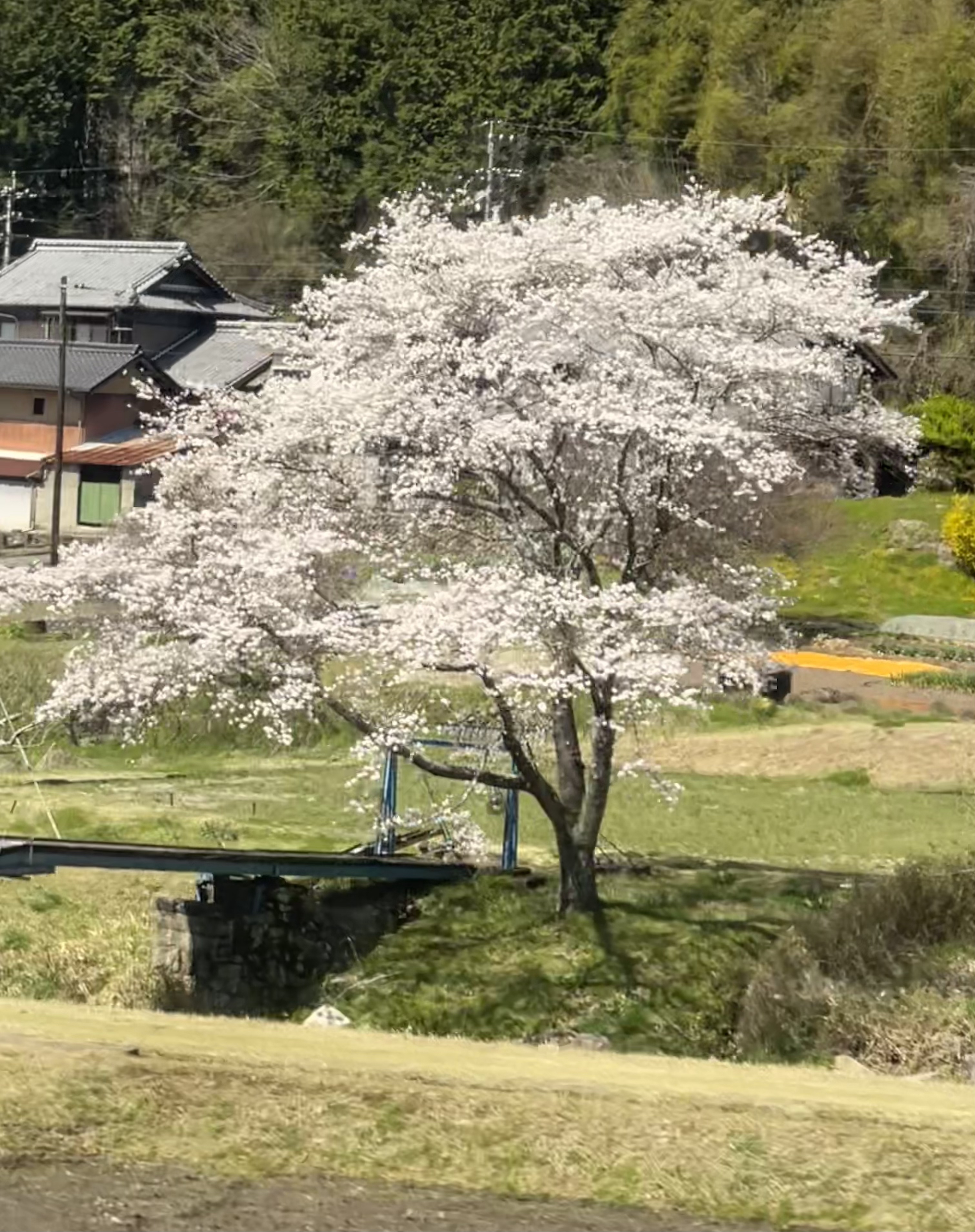
Part 2 – Hakone
David was so excited to board his first Shinkansen (aka The Bullet Train), standing right at the platform’s yellow warning line, with his cellphone camera at the ready for the sleek beauty’s quiet arrival into Tokyo Station. Shinkansen is the Japanese term for the high-speed train network running throughout Japan. It would take us to Hakone, (52 miles, 45 minutes) south of Tokyo.
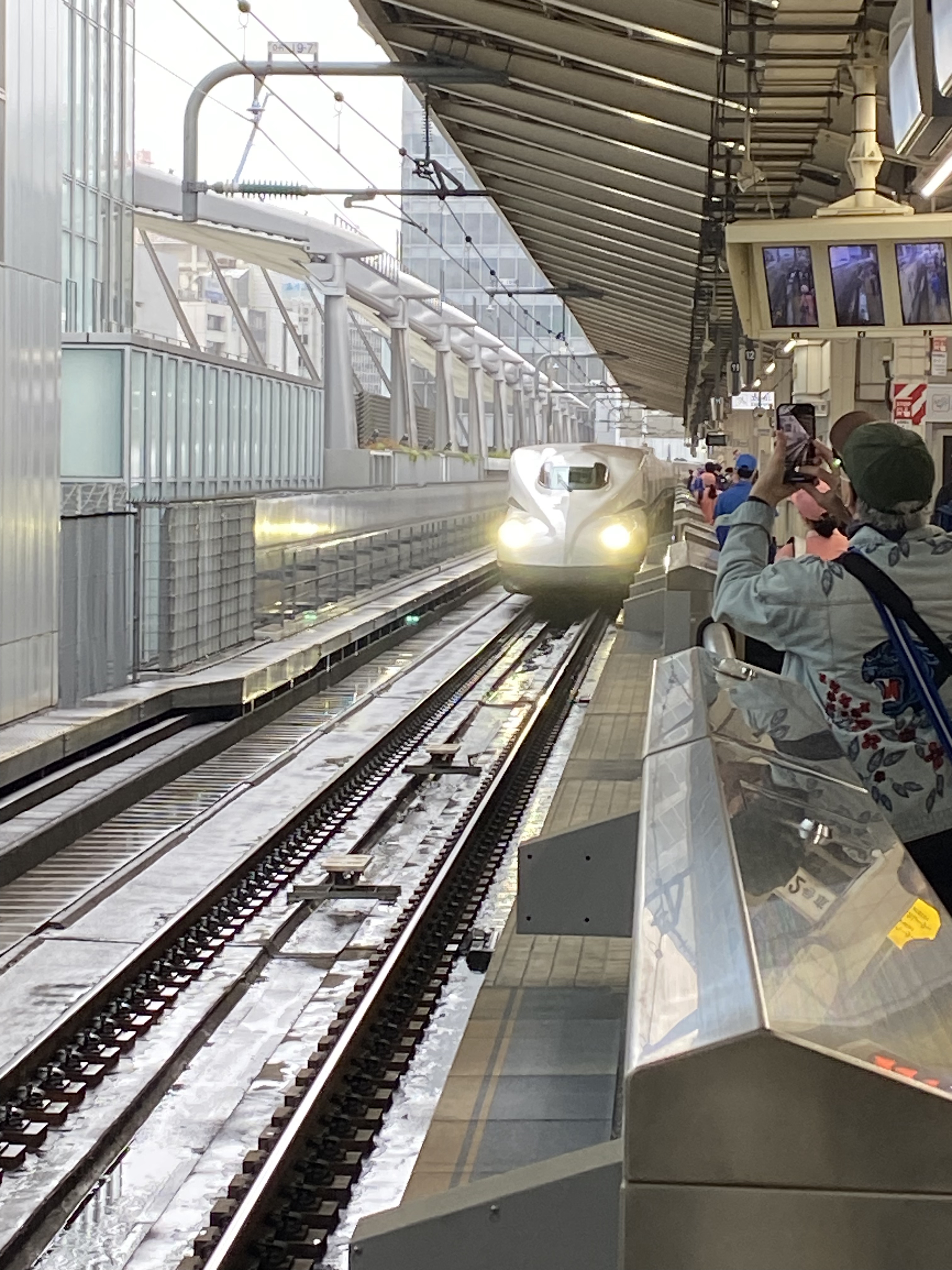
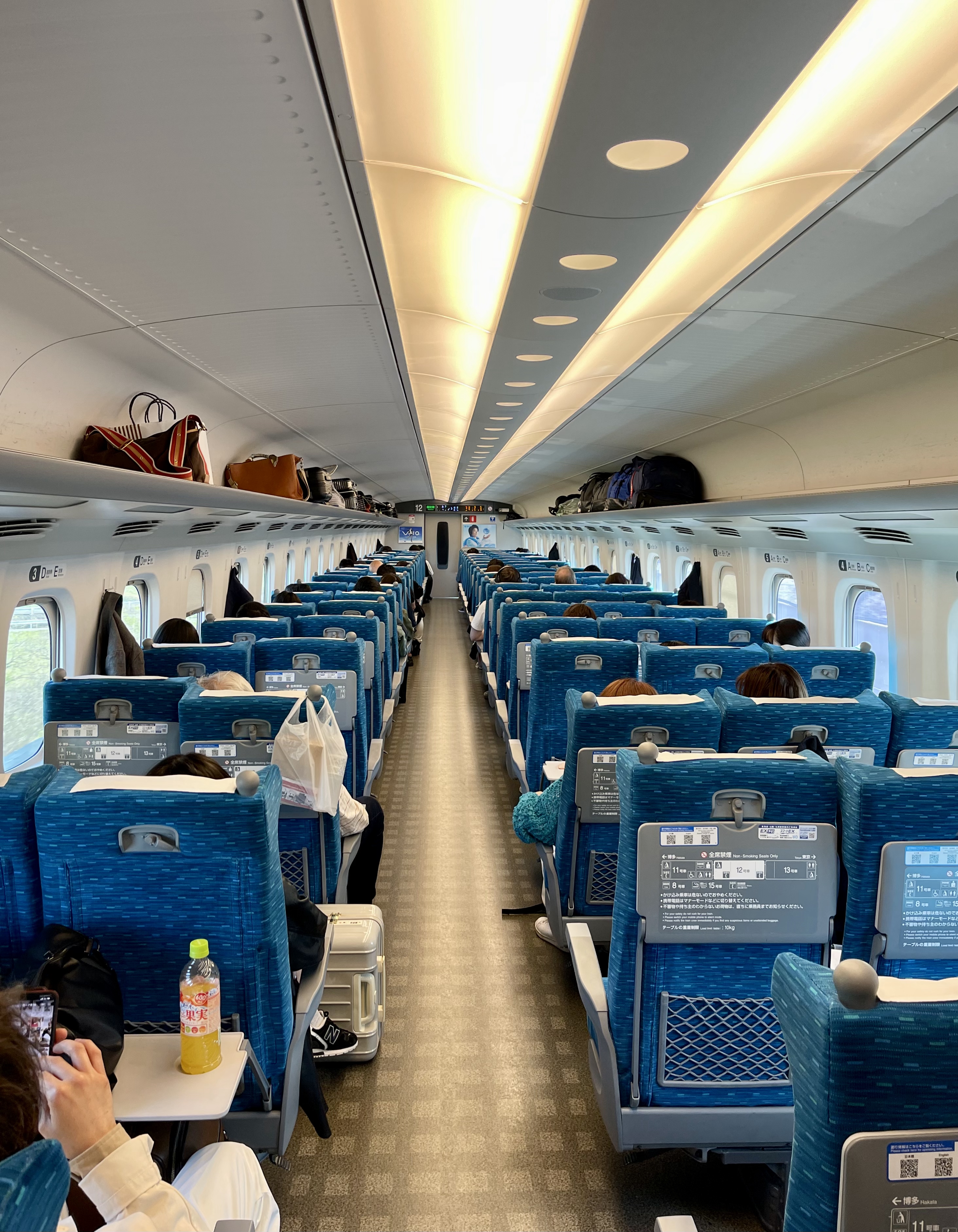
If we thought Tokyo Station was crazy our first day, nothing prepared us for what to expect on the other side of the ticket turnstile.
The station is mammoth, to say the least; commuters scurrying about like fast moving ants. We stuck closely to our guide, Kyoko, like glue, as it’s so easy to get separated in this massive river of humanity. As stated previously, a half-million strong daily.

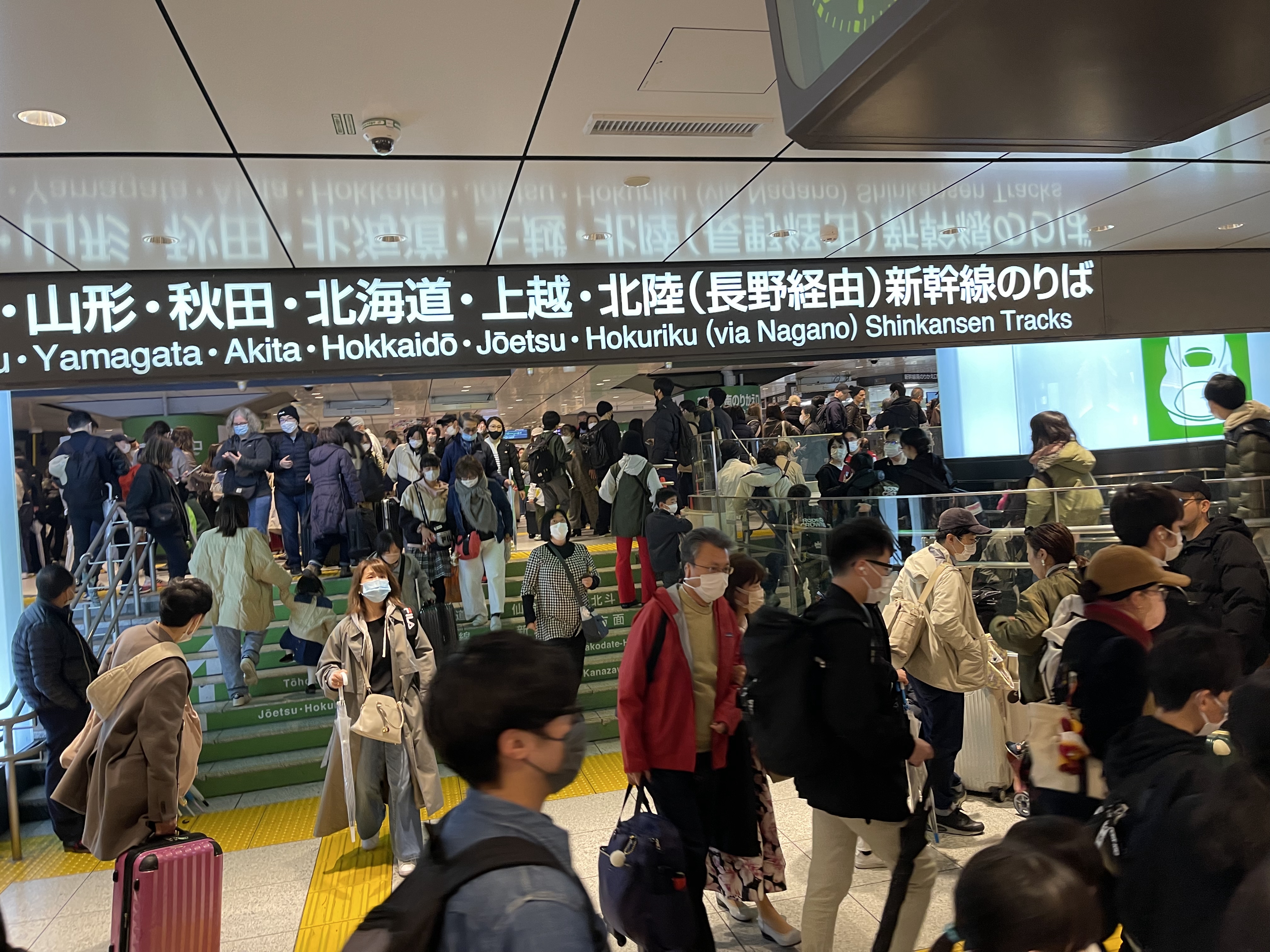
Before heading up to the track, we would need some train provisions. That calls for the Japanese tradition of the bento box; a small snack box of beautifully presented food that’s customary to eat onboard for any length of trip.
Kyoko led us to the ultra-busy bento box shop … Do you recall the movie scene of chaotic Christmas shopping in “The Miracle on 34th Street”? Well, you’re getting a small taste of it here in its tightly crammed aisles. David quickly chose his and exited to avoid any further claustrophobia. He stood just outside and watched the organized bedlam and quiet intensity inside the shop.


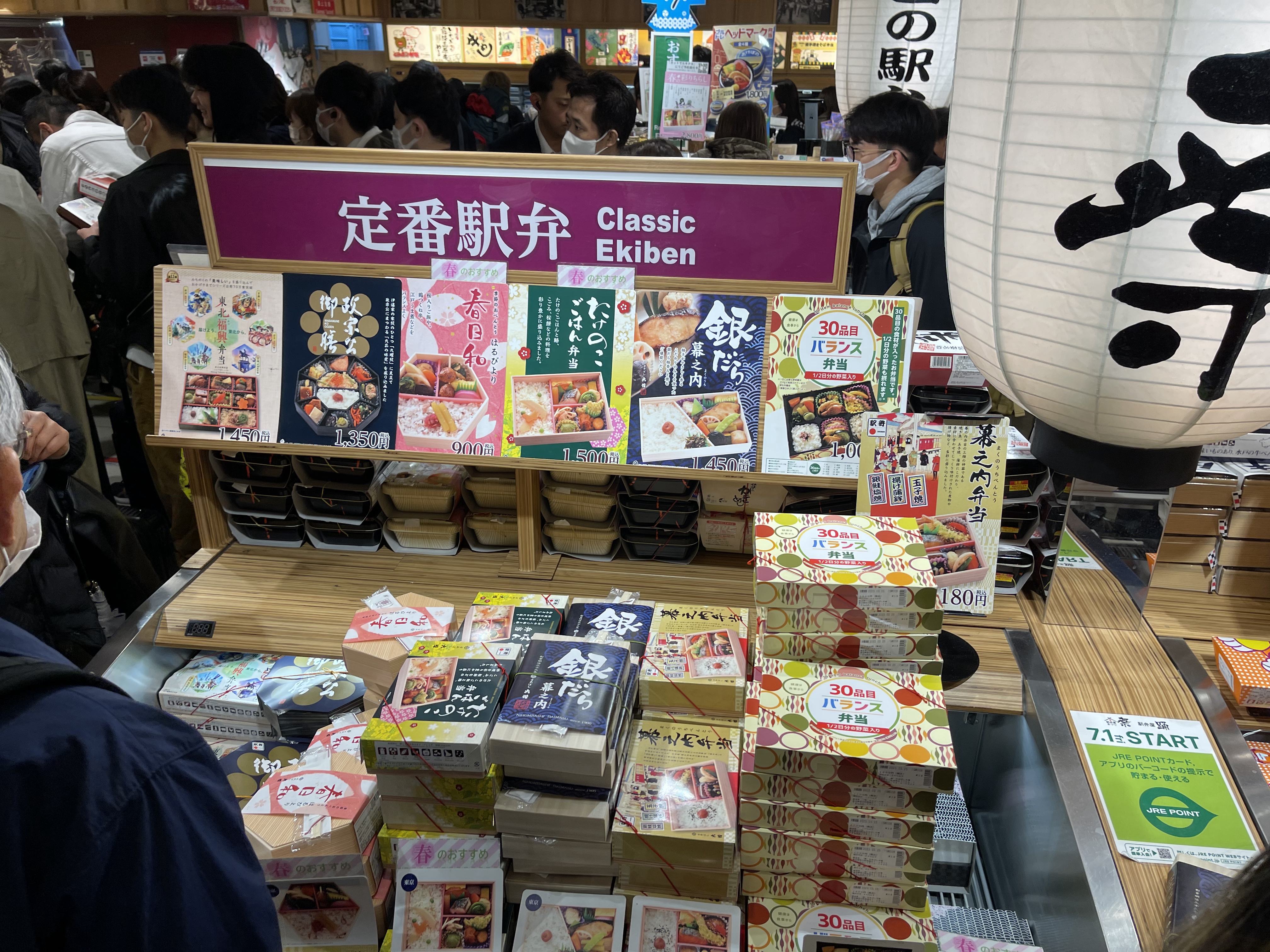
Patrons are reaching for their favorite bento boxes, piled high and quickly replenished. The selection and variety is overwhelming with different food choices available. Luckily, Kyoko comes to the rescue again as she’s a pro at how to move and maneuver through crowds. You want chicken? Here’s the chicken selections, and so on. I even scored a special edition souvenir bento box designed as a Shinkansen train, a la McDonald’s kiddie pack!
Back out into the swelling crowds and up to our designated track – again, not for the faint of heart, but satisfied with our versions of Happy Meals to consume onboard.

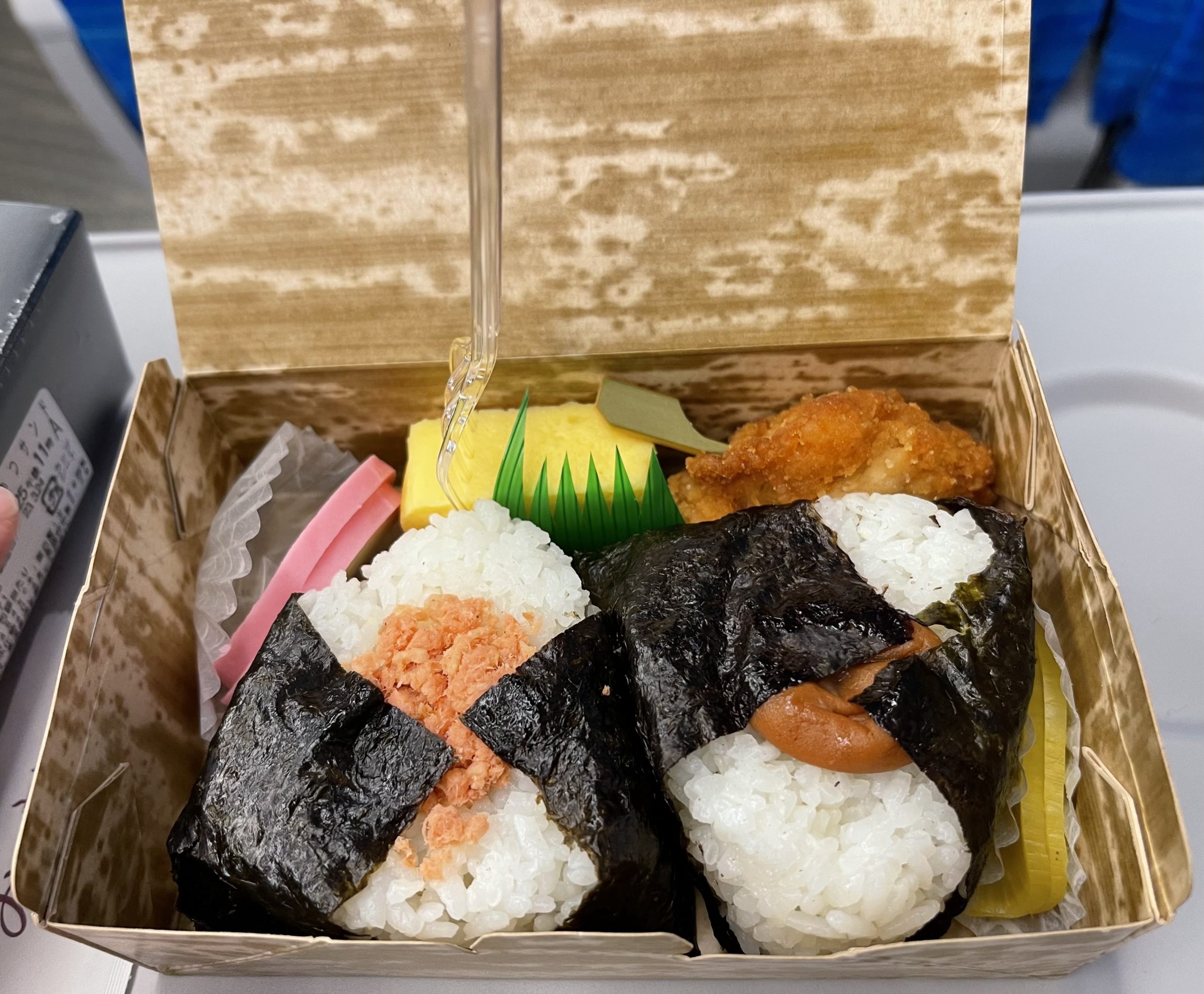

It’s almost 60 years since the first Shinkansen line began operation in 1964, between Tokyo and Osaka, just in time for the Tokyo Olympics. Since then, the network has expanded to cover the length of Japan. The trains are designed for speed and efficiency; with speeds reaching up to 320 km/h (200 mph) on some lines. They’re known for their punctuality, with an average delay of just mere seconds!
Overall, the Shinkansen system has revolutionized travel in Japan. It’s a symbol of Japan’s technological prowess and engineering excellence. In all its existence, carrying over tens of billions of passengers, there hasn’t been a single passenger fatality or injury on board due to derailments or collisions.

Hakone is a mountainous area located within the borders of the volcanically active Fuji-Hakone-Izu National Park and Lake Ashi. It’s a very popular tourist destination due to its many natural hot springs and sensational views of Mount Fuji. Sadly, the weather wasn’t cooperating, and Ms. Fuji (stock picture shown) went into hiding from the thousands of tourists that had descended upon the town to take in her immortal majesty.
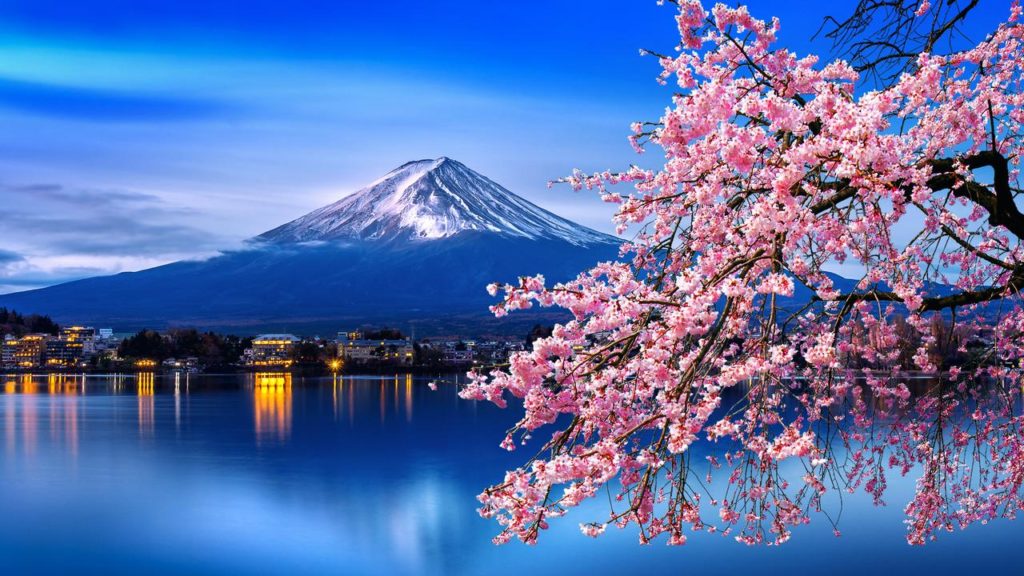
The volcanic activity gives the region its fame as a place to come and soak in its therapeutic, hot mineral waters. During the Meiji period, Hakone developed into a summer resort for the wealthy of Tokyo and the foreign settlement in Yokohama.
The Onsen Ryokan is a unique Japanese inn that provides its guests an authentic and traditional Japanese experience with its indoor or outdoor geothermally heated springs. The waters contains multiple, beneficial minerals to soak in.
Our Ryokan, Gora Hanaougi, came complete with our own private onsen – an open-air soaking tub! The room’s outstanding amenities and comfort further enhanced the welcoming features. We felt so spoiled, forever changing our views on this fine form of hospitality. I’ll go into further detail in a separate blog to fully describe it all.
The inn was conveniently located steps away from the Hakone Ropeway (cable car) with its two lines converging on the mountain peak at Owakudani Station. The cable car rides over fields of Sulphur spewing through the crust of the earth. Hydrogen sulfide has a characteristic rotten egg smell, and boy, does it smell!

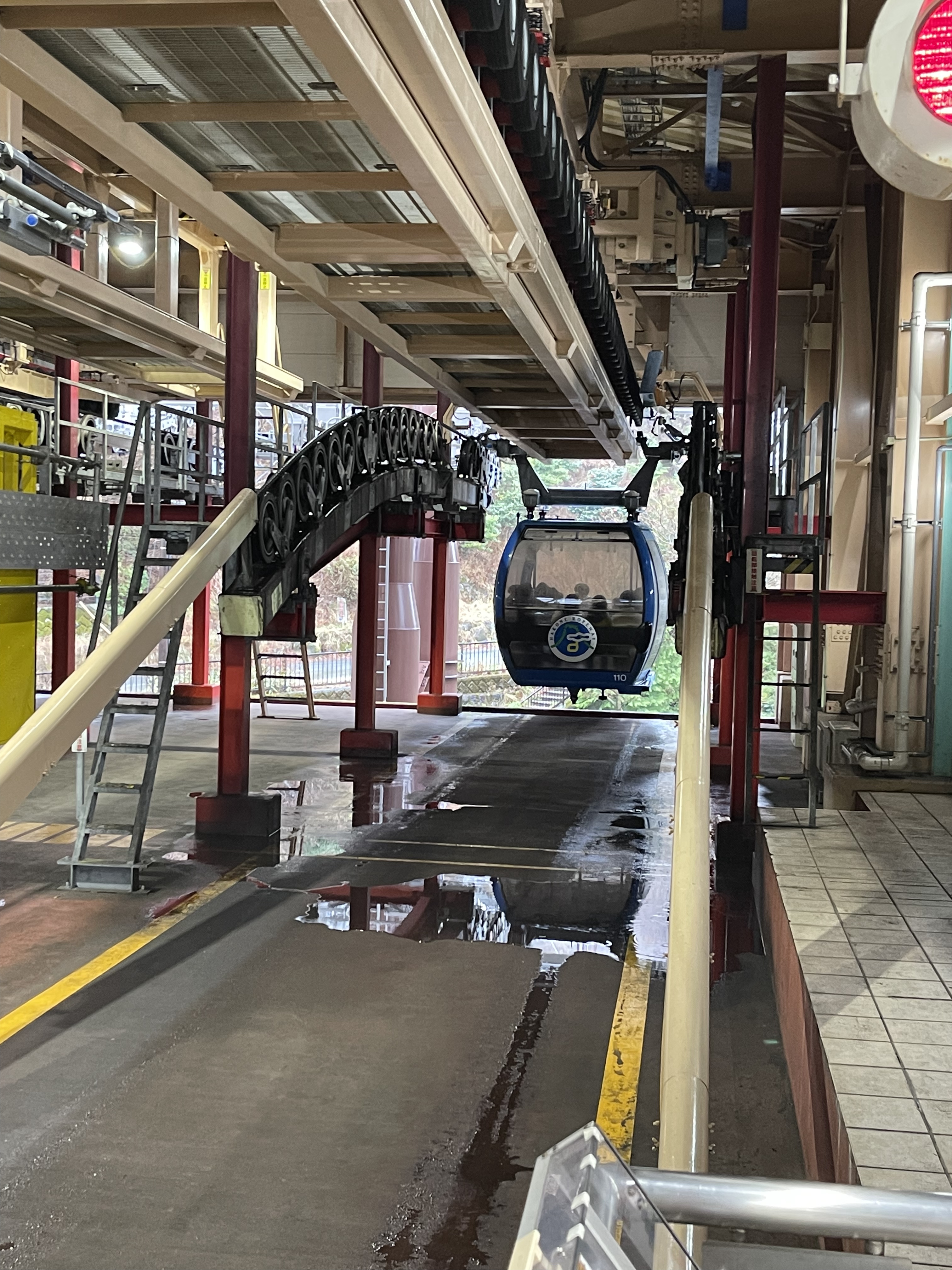
Here’s the sulfuric views from the Owakudani Station if good weather had prevailed:
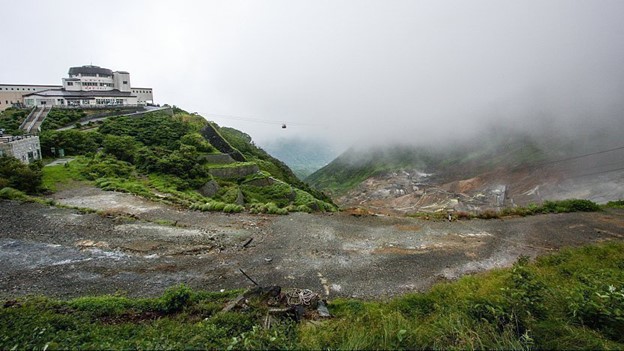
Today, with the rains continuing and the mountaintop cold and blustery, it was a no-brainer to quickly return to the cozy, warm confines of our Ryokan and leisurely enjoy the rest of the day.
Here’s an interesting graph showing the Hakone Ropeway’s steep path up/down the mountainside (we started up at the Sounzan Station shown at bottm left):
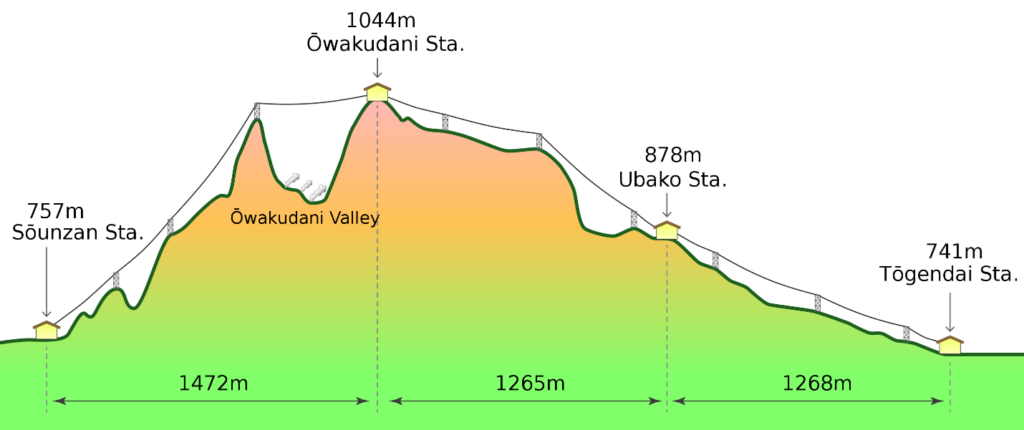
The travel agency’s original itinerary presented to us didn’t include the several new private museums that have opened since my first visit. They’ve been specially built here by wealthy benefactors because of Tokyo’s limited and exorbitant real estate availability. So, under rainy skies, we headed indoors to explore these extraordinary museums, and treat ourselves to some iconic Asian and Western works of art.
Lalique Museum
The museum was established in 2005 by a Japanese businessman named Kazumi Murose, who is also the founder of the Hakone Open-Air Museum. The Lalique Museum Hakone is dedicated to showcasing the works of the French jeweler and glassmaker, René Lalique, and houses one of the largest collections outside of France.
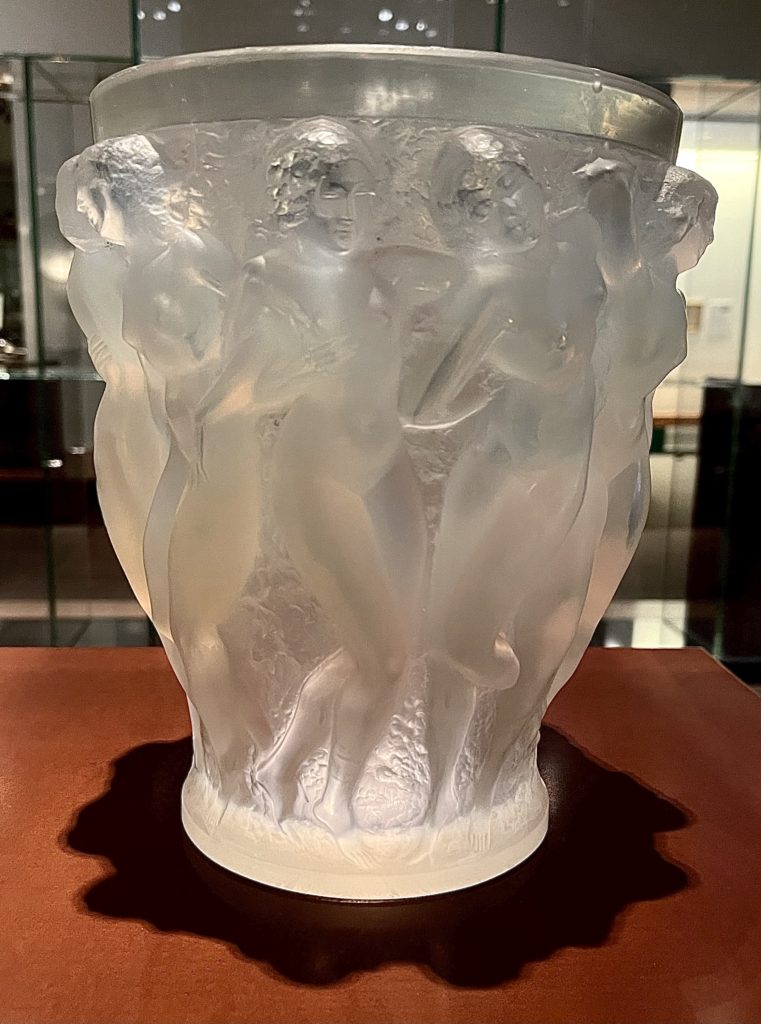
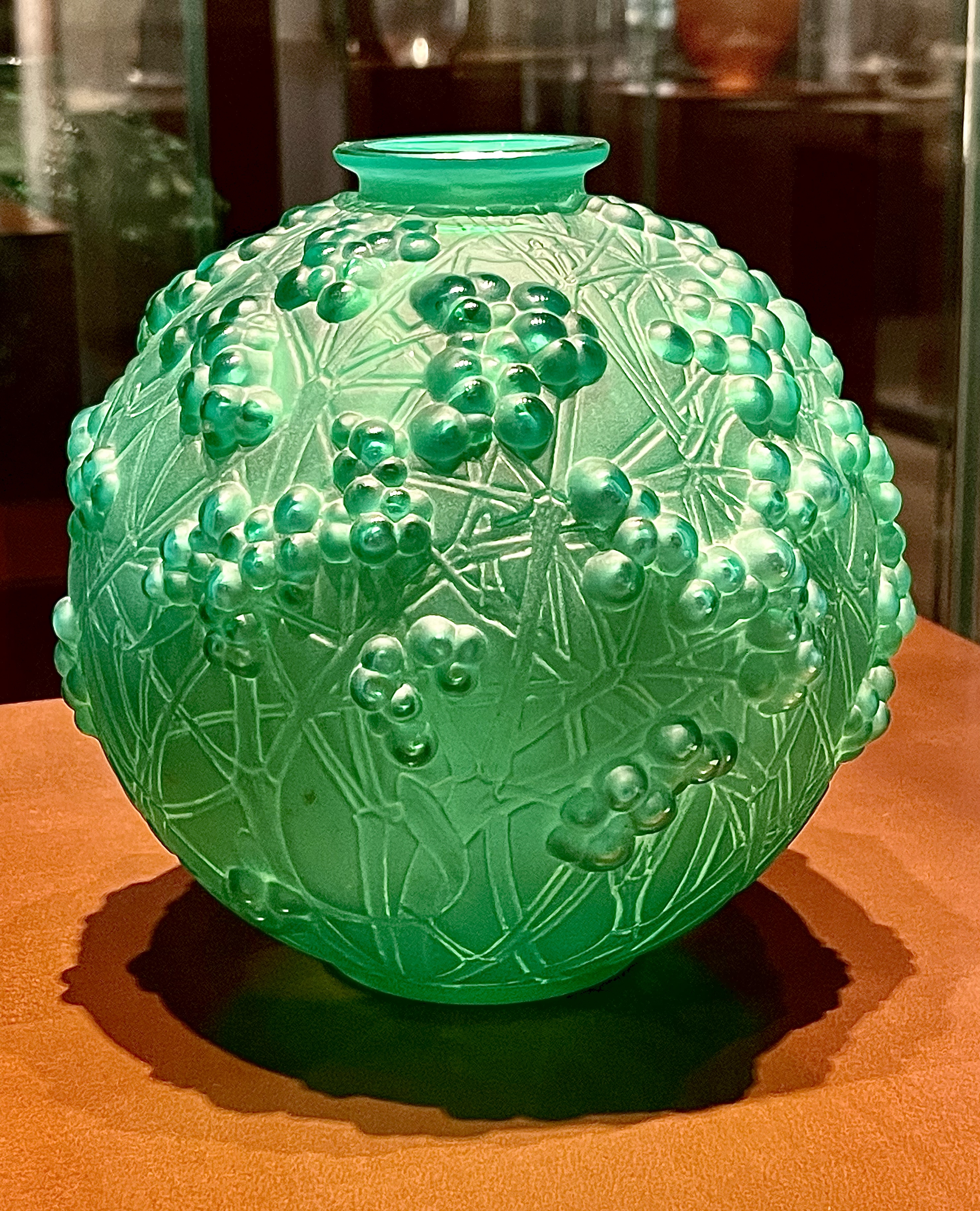

Lalique was a famed artist of the “Art Nouveau” and “Art Deco” eras, and was primarily known as a craftsman of the finest objets d’art in glass, decorative arts and jewelry. About 230 works, are selected from a collection of over 1,500, and dramatically displayed, according to season or themes.

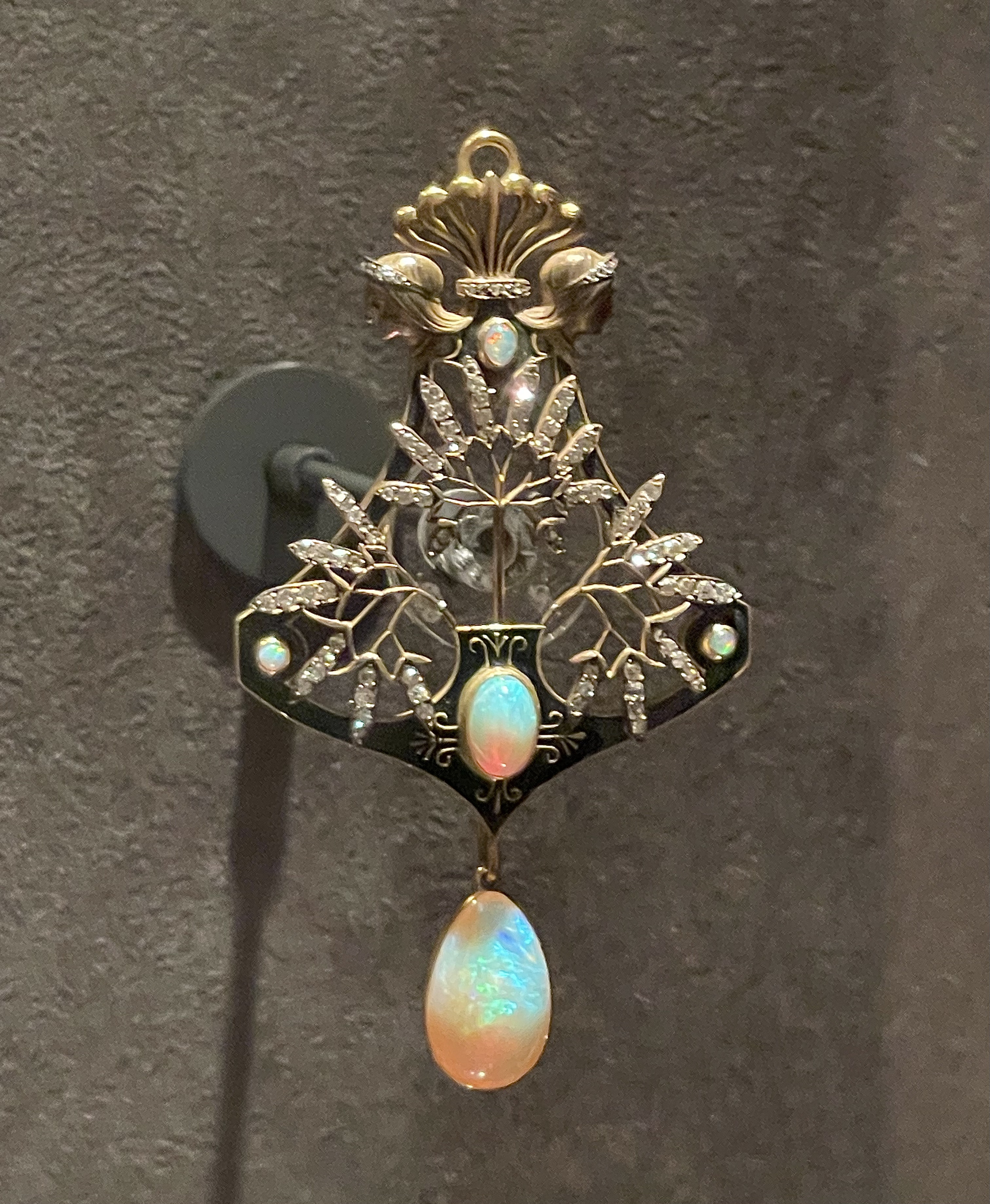
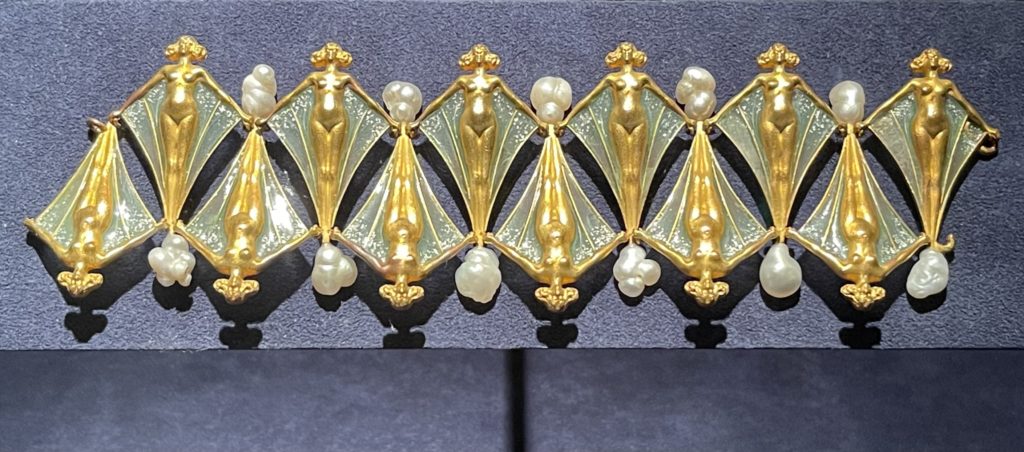
An original 1929 Orient Express train wagon, in which Lalique designed the interior glass panels, is also on display; this was in a separate building, and due to the inclement weather, we missed seeing it.
We were amazed at the scope of the collection. A must-see piece is the Sylphide, an exquisite dragonfly-woman brooch, showing the sophistication of his intricate design. It was absolutely mesmerizing. How do you select a favorite piece, with one more beautiful, and detailed than the next?
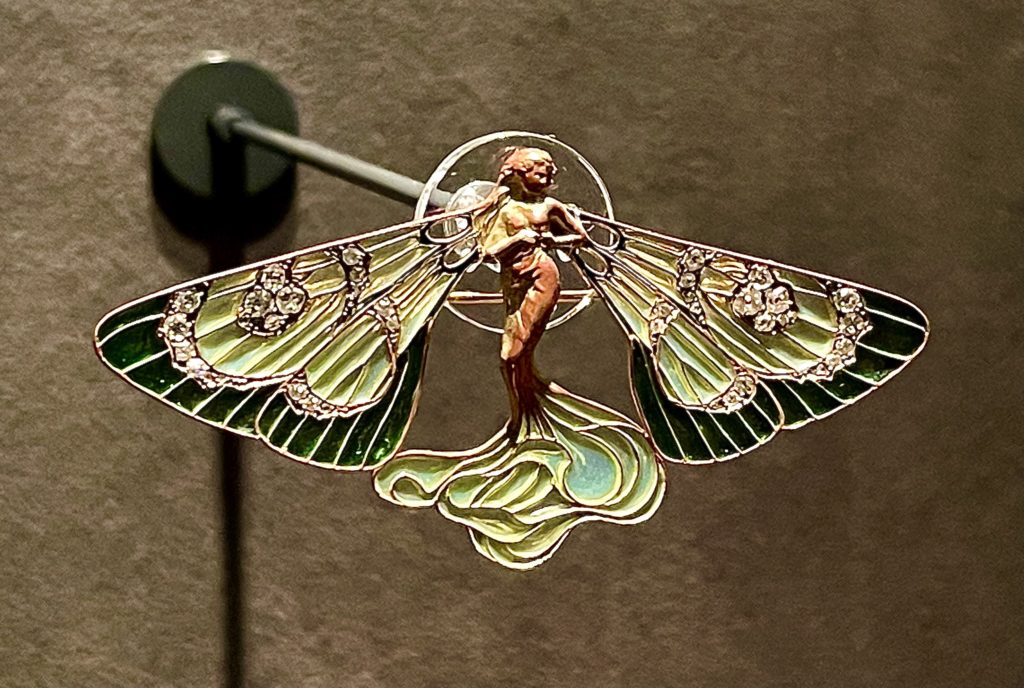
The gift shop had well-curated and unique items to purchase, and amazingly affordable since viewing all those magnificent, priceless fantasy pieces.
Pola Museum of Art
What a little hand cream will do … The Pola Museum of Art houses the vast and eclectic collection acquired by Tsuneshi Suzuki, son of the founder of the Japanese skincare company, Pola.
His father, Shinobu, had noticed rough skin on his wife’s hands, and thereafter he taught himself how to make his own hand cream, which he gave to his wife as a present. That aha moment led to the beginning of the Pola cosmetics giant.

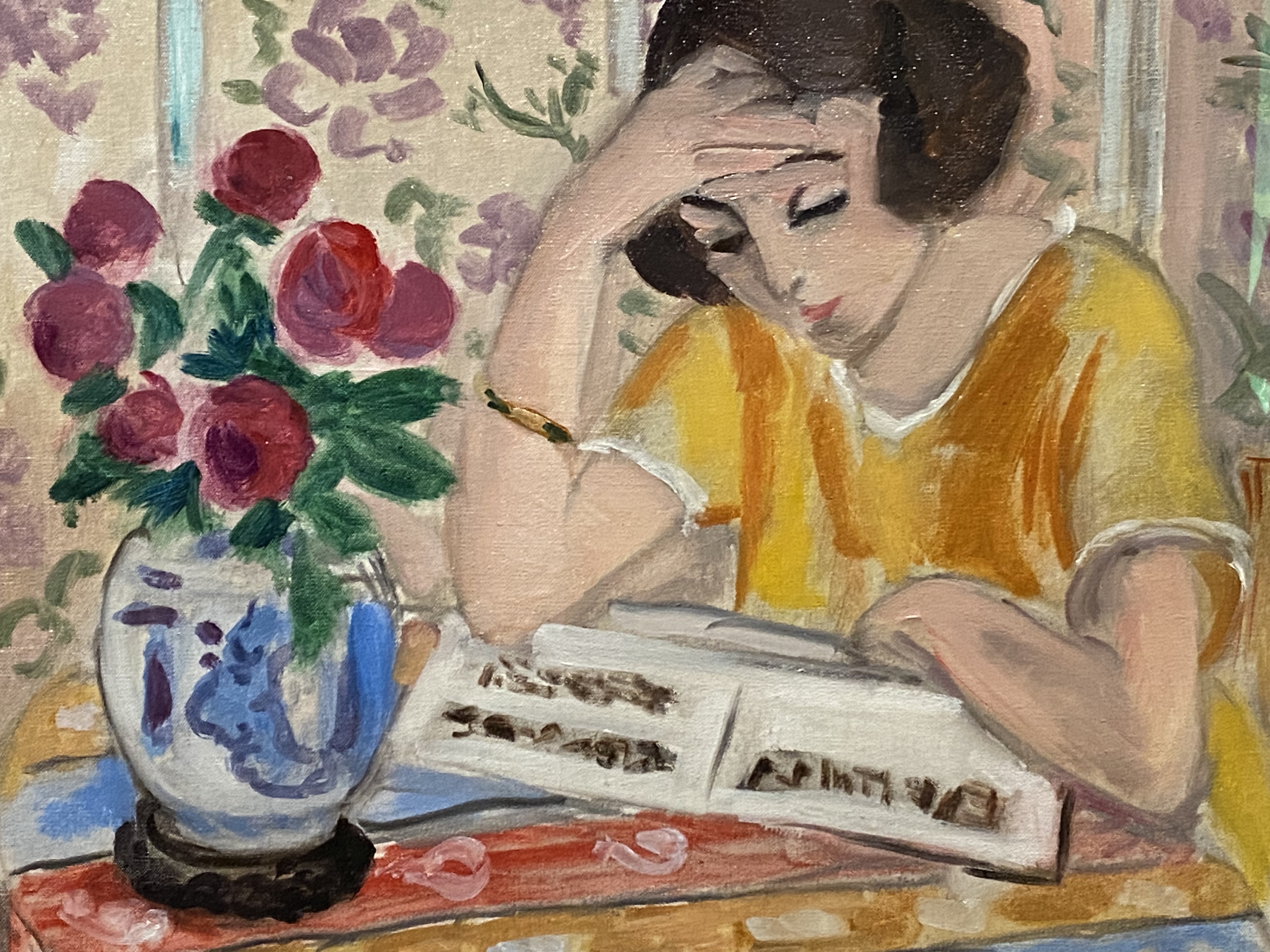
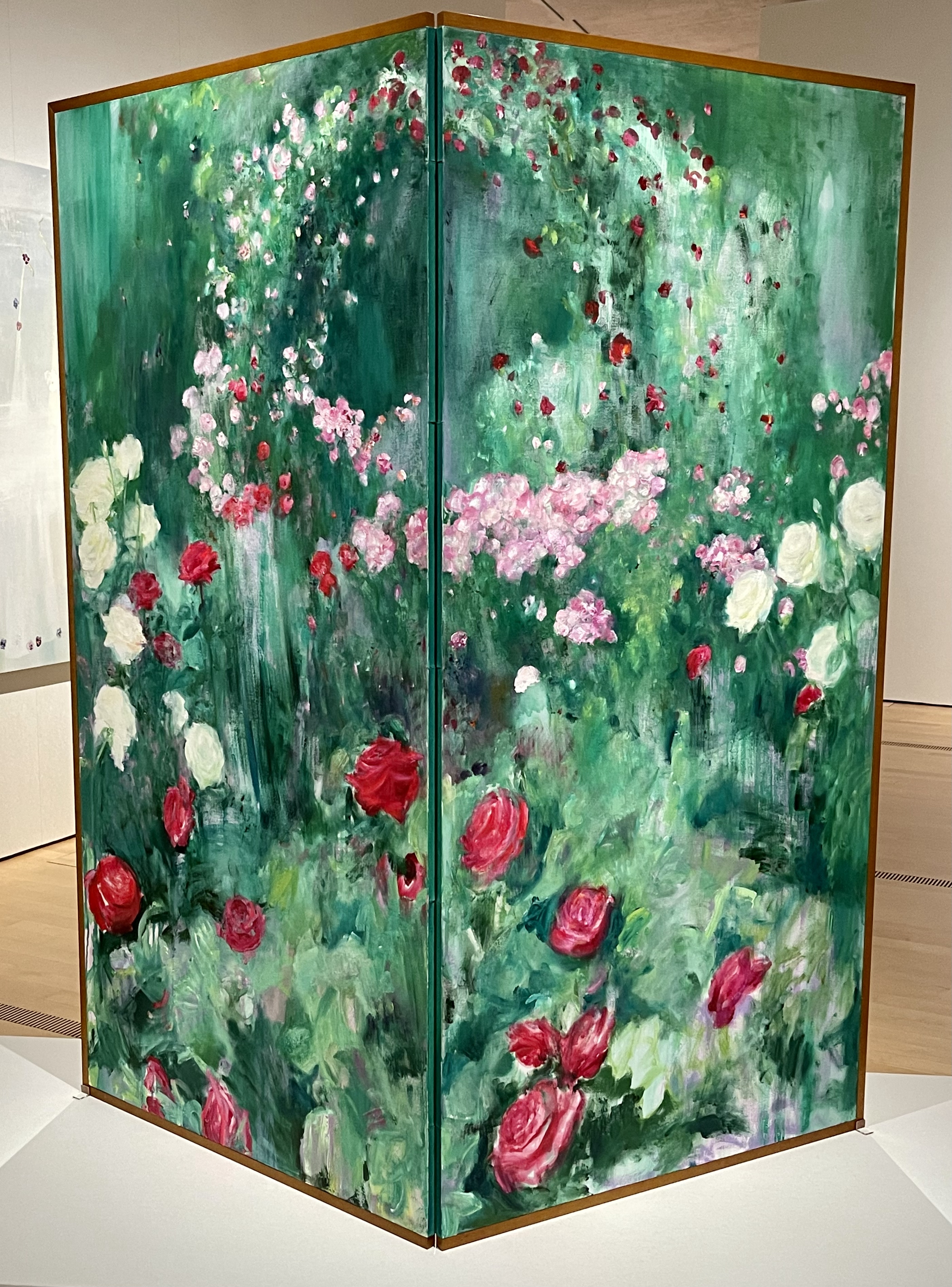


The son’s wealth enabled him to amass the acquisitions of Impressionist, modern and contemporary works of art. The museum opened in 2002, and has rooms focused on Japanese paintings, sculpture and art objects; its Western paintings and sculpture includes: Monet, van Gogh, Chagall, Manet, Bonnard, Berthe Morisot and Renoir.
One of the rooms that caught my eye was an exhibition of Léonard Foujita, a Japanese-French painter and printmaker (1886-1968). He was famous for his portraits of nudes and “A Book of Cats” (1930); applying Japanese ink techniques to his Western-style paintings.
The “milky-white skin” that became his stylistic trademark, was based on the ukiyo-e technique of leaving areas of the traditional Japanese white washi paper blank to represent the skin.

Foujita would paint the entire surface of the canvas white, then applied delicate black outlines and soft shadows to create the female flesh. The outlines, painted in sumi ink with a menso brush, were what brought the milky white “color” to life.
It’s a technique so simple that it just mesmerized me. I could grasp the essence of beauty of his female nudes that created a mysterious visual effect. Brilliant and pleased to have discovered his artworks.

Okada Museum of Art
Okada Museum of Art, is yet another private vanity museum in Hakone, celebrating its 10th anniversary. Kazuo Okada, a gambling magnate, is the owner and one of Japan’s richest men. The Museum exhibits some 450 pieces from Mr. Okada’s collection on any given day, no one is certain how many pieces he owns.
The Okada has the largest indoor exhibition space in Hakone; specializing in Asian art, extending over five floors. The heart of the museum’s magnificent works of art lies in its enormous collection of Chinese and Japanese ceramics and sculptures, including ancient Chinese bronzes, Tang and Ming porcelain, early Japanese pottery and more.
I’ve never seen so many Tang and Ming dynasty objects concentrated in one space. As a big fan of the period, it was sheer delight to take it all in and savor it.
One floor featured an extensive collection of priceless silk screens from the Edo period, showcasing peacocks, phoenixes, flowers, and roosters. An easily overlooked alcove presented woodblock prints depicting scintillating, pornographic drawings from the same era, and which can quickly make a visitor pause.

A sign at the door warns entry for Adults Only. I’m over eighteen, and no way was I going to skip this room. Let us just say that Edo period porn was very visually descriptive.
The museum’s unique and quirky feature is the footbath facility out front with free-flowing water from natural hot springs. While soaking aching feet, you can relax and admire the massive wall painting, 39’ high x 98’ wide, “Wind/Time.” It’s a vast mural featuring the thunder and wind gods, Raijin and Fujin; a recreation of a 400-year-old screen painting in Kyoto’s Ken’nin-ji Temple.
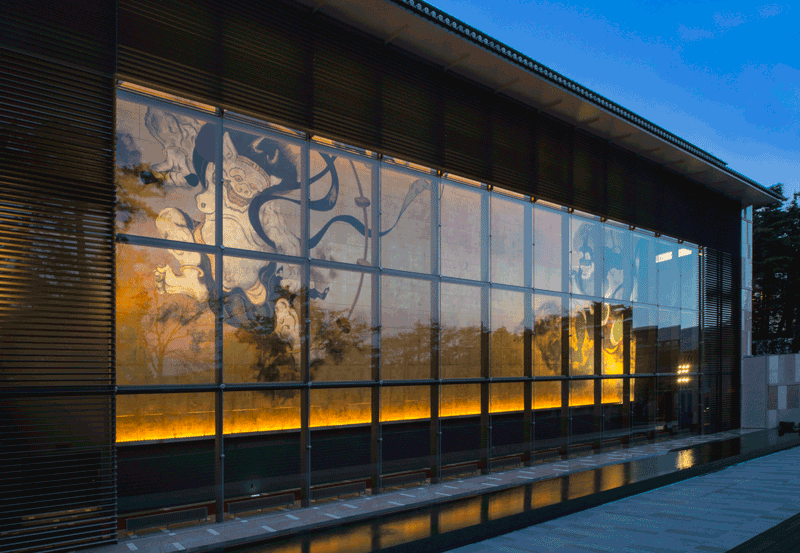
This museum has an extremely strict security system in place: all bags, cameras and cell phones (!) had to be placed in a locker, so not even David could take some of his clandestine and surreptitious pictures (shown are stock pictures).
Please see their website for some additional masterpieces: https://www.okada-museum.com/,
Yosegi-zaiku
Last, but not least … a main focus planned for our Japan trip is one-on-one encounters with local, traditional artisans and craftspeople; thus avoiding the temple, shrine, pagoda overload that many tours feature. After visiting the museums, today would be Japanese woodwork day.
Hakone Yosegi-zaiku can best be described as a technique utilizing mosaic wood or marquetry. It began in the Edo period; over two hundred years ago. No dyes or stains are used, rather the artisans choose from the many diverse types of trees in the area to create elaborate geometric patterns with distinctive colors and textures in their wood craft. There are over 22 different types of wood used, including: ash, rosewood, walnut, and more.
In the Hakone mountain village of Hatajuku, we were privileged to sit with Ishikawa Ichiro, 7th generation master of the craft, in his small studio. Our guide aided us in translating all the details in creating his intricate wood art. He says he works intuitively. The passion for his craft was pronounced.

It would be an under statement to say how incredibly beautiful the workmanship is. The process can take days and even weeks to cut, fit, and carve pieces of Yosegi art. The thin strips of wood are bonded together to make a large block made of many different shades and colors. This block is sometimes shaved into thin layers to provide a beautiful sheet of designed wood. These thin sheets are layered over assorted products and wood crafts.

The more expensive products will take entire blocks of bonded wood and be carved to create single bowls, cups, and more.
We asked the maestro who was to take over and continue the multi-generational business. He said his nephew is working with him, as he sadly had no offspring of his own.
We couldn’t walk away from the shop without purchasing a one-of-a-kind, uniquely-shaped shallow bowl which we’ll treasure.

It’s been raining steadily for the last two days, so I’ll give you a guess what lunch will be …
Hot soba noodles and broth and tempura, in a little roadside spot perched on the mountainside, with views of the fogged-in, forested valley below. The tempura coating was as light as a feather and the soup’s tasty broth, soft and chewy noodles to give our faces a steam bath.
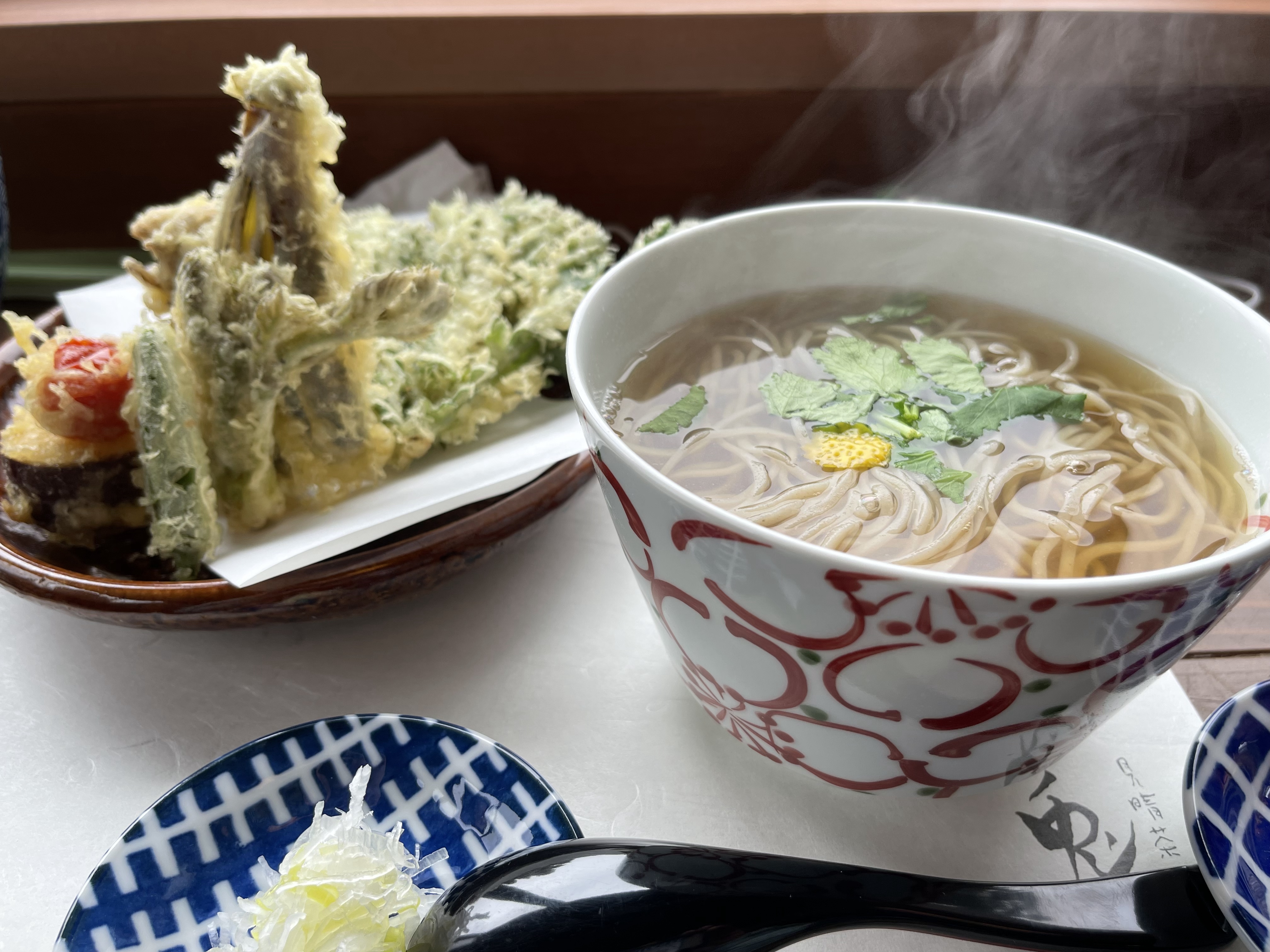
The rain hasn’t let down; at times becoming downpours. Exhausted, we returned to our onsen Ryokan to enjoy one more night to soak and luxuriate in its soothing waters and their artfully presented food.
Japan Fashion Scene; seen about …

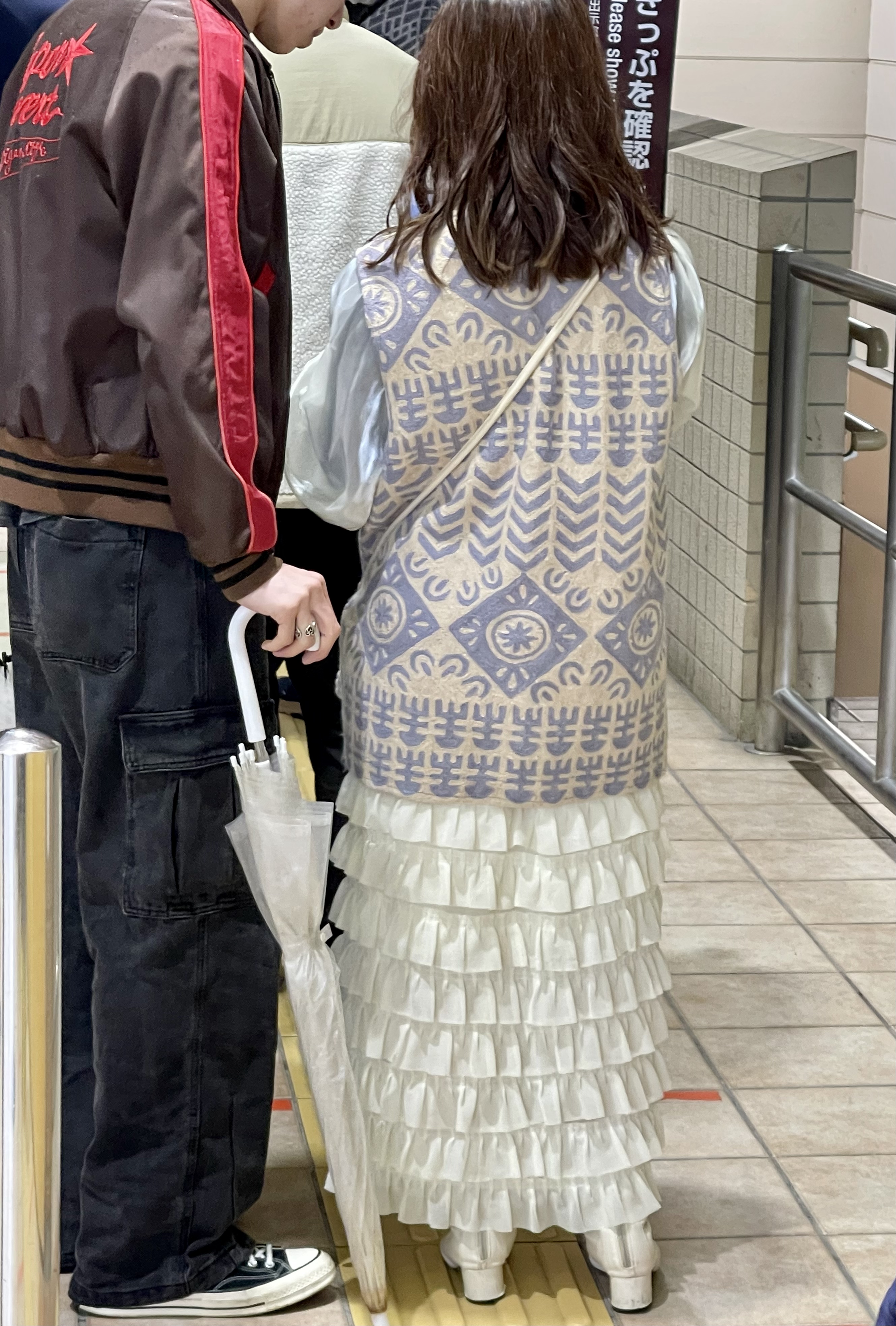
Another Shinkansen tomorrow + a local train, where we’ll make our connection with more exciting adventures ahead.
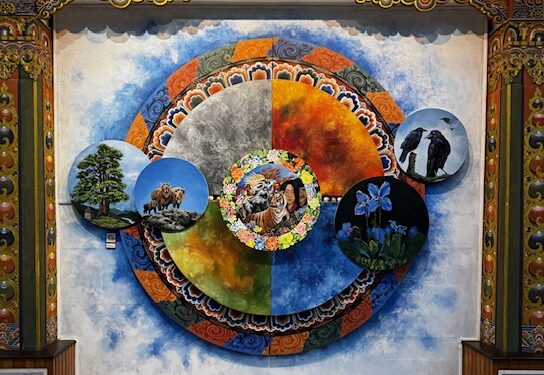
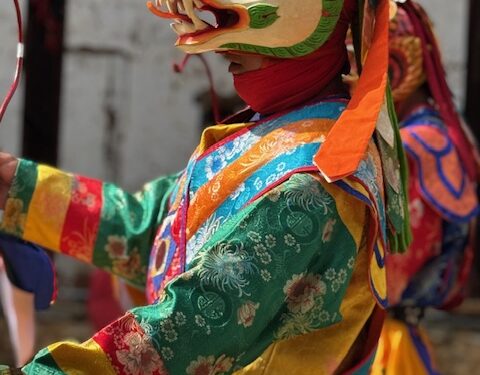
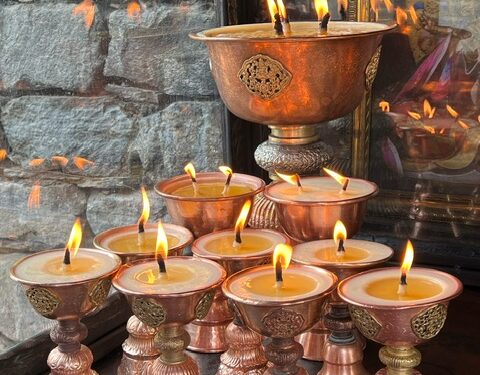
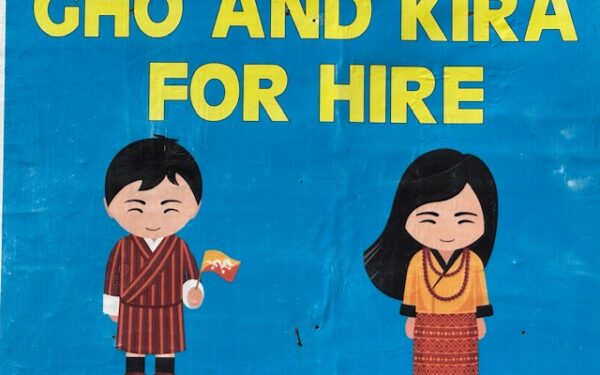


once again -im so intrigued- and will put this on my list of experiences to shoot for-
so many different things to experience from the art to the food to the people and the earth–
stunning-
Wow! I think the way you toured gave you a more authentic experience— loved the descriptions if the fog, rain and comforting yub! Ih my tempura and soba noodles!!! I want yo see the Edinpirn🤓— but know I never will… looking forward to knowing more….
Ah! After so much talk of misty mountains and rain, the sight of steaming soup warmed my soul.
You fellows do it up right! So fun to travel along with you. Did you buy any art?
Tried to comment on your Singapore posts of 2016 but none of them would accept comments. I loved Singapore and it was as spotless in 1967 as it was fifty years later! Did you go to Tigerbalm Gardens? That, the Sunday Market and Bugis Street are all I remember about Singapore. And the signs saying “No pushing while going up and down,” on the buses and all the signs in the station at Tanjanpenang when we disembarked from our boat from Djakarta… ” Men with long hair will go last.” With a drawing of a man with long hair at the end of a line. Hard to believe but true.
I can’t help but say you two have outdone yourselves! The pictures and the story is just beautiful!! Thankyou you both so much for sharing. Be well and be safe.
Amazing! Awesome! Thank you so much for sharing with us mere mortals!
More lovely Cherry Blossoms… Can’t get enough of those! Bento Boxes full of tasty treats for the train—glad you got a special keepsake, Sergio. What a marvelous surprise the private museums must have been. Lalique, Pola, Okada. How fortunate you were to view such priceless treasures.
Love all things Marquetry! So intricately fascinating. Truly wonderful that you spent time with Maestro Ichiro. Thank you for this very interesting look at Hakone, both through words as well as photos.